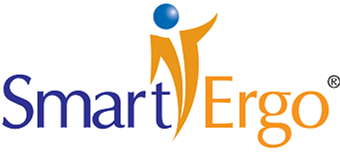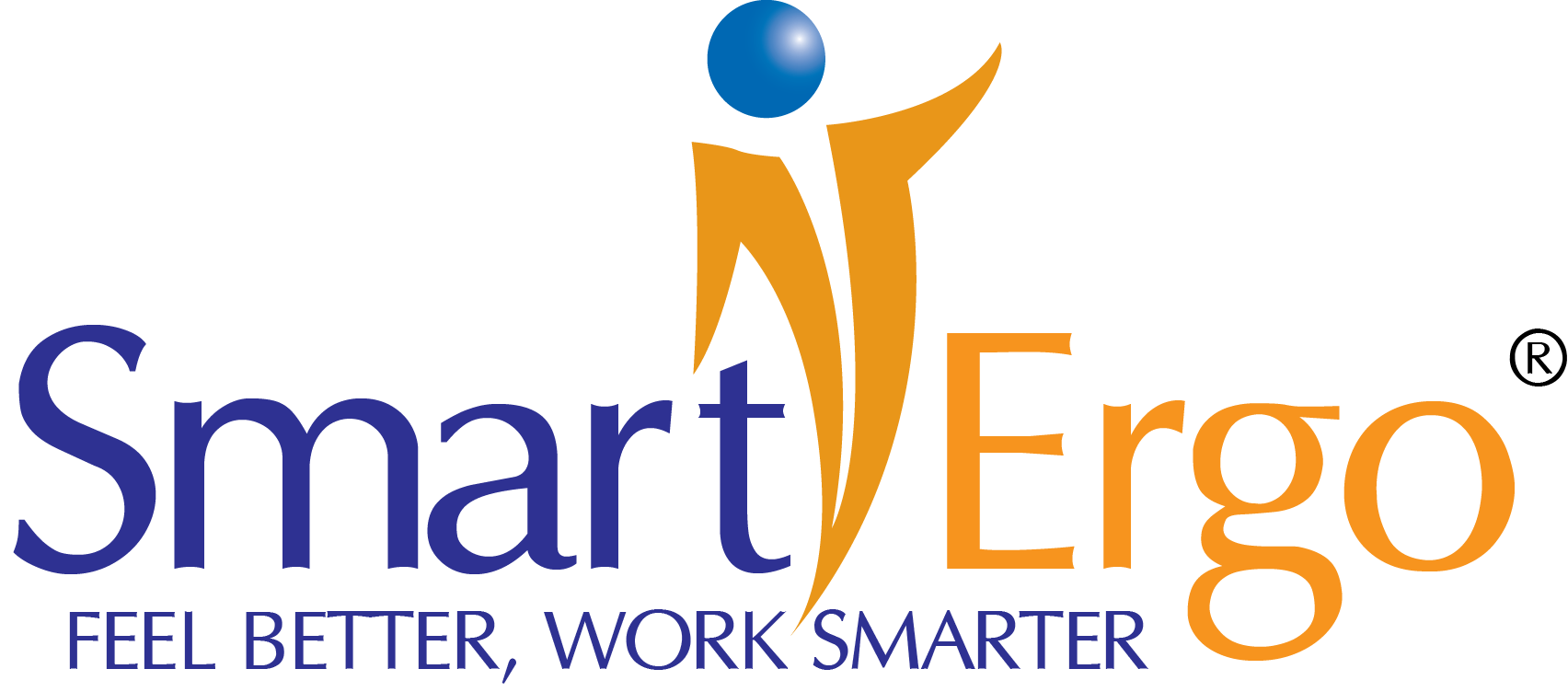
Employers in every industry and government rely on Knowledge Workers, people who use computers in their work, to produce their products and services and manage a key element of the employer’s viability – information.
Related to this, the well-understood harmful effects of prolonged static postures have been red-flagged by the AMA, WHO, HSE and NIH who’ve each identified prolonged static postures as a significant risk factor for serious negative health outcomes. In addition to prevention, apex importance has been established by the medical and scientific community for movement, stretching and gentle exercise while working as a mitigating practice.
The reasons why employers have prioritized action in 2024 on prolonged static postures include their focus on productivity, employee wellbeing and health, unnecessary healthcare utilization/costs and good stewardship of their employee family.
For any readers who are only peripherally aware of the threat, a sampling of key information on the issue, from pristine authorities collectively representing research on over 1,000,000 people, includes:
Researchers from the National Research Center for the Working Environment in Denmark have published a study “Potential of Micro-exercise To Prevent Long-term Sickness Absence In The General Working Population” presenting an extraordinarily exhaustive view into micro-exercise during work. The huge study involved 70,000+ employees who hadn’t had a long-term sickness absence in the prior 12 months between 2012 and 2018. Their definition of long-term sickness absence was missing work for at least 30 days but no more than 24 months.
The researchers determined that nearly 13% of such absences could have potentially been prevented with micro-exercise. The researchers further concluded that the micro-exercise “did not provide the same effects if done after work hours”.
Best Practice Behaviors
At many times throughout our lives, each of us encounter situations where we’ll greatly benefit from improving our behaviors. Specifically regarding employees working on computers, we understand, guided by more than 40 years of evidence-based science, that to work comfortably, safely and most productively we need to conduct our behaviors in known healthful ways including:
- working at the computer using neutral postures,
- moving about periodically while working, stretching if possible, to break up long periods of static postures, and
- providing brief recovery time, periodically while working, to allow our bodies time to reoxygenate cells, provide much-needed nutrients and remove metabolic waste products.
For professionals who’ve already been providing remote employees with training and better adjustable furniture and equipment, kudos to you as your instincts and efforts are spot on as every remote employee can benefit from these pieces of the solution.
Applied Behavioral Analysis, however, teaches that there’s still one more integral piece required to bind these elements together to become an effective sustainable behavioral improvement and effectively mitigate the risk.
Improving Behaviors
Changing how people do something can appear simple on the surface. So, why don’t we all simply, abruptly and forever change our behaviors after simply taking a course or being given information and told to do something? As you would expect, there are reasons.
Let’s consider your car and driving safety as an example. In the case of behaviors such as seat belt use in automobiles, in the distant past drivers learned seat belt safety behaviors from driver training courses and periodic reminders such as public service television commercials and print media notices. It didn’t work and people were unnecessarily still getting injured where they wouldn’t otherwise be if they wore their seatbelts.
Taking a course, even with some number of periodic reminders in the mail afterwards had not changed people’s seat belt safety behaviors and so the problem had to be rethought. Applied Behavioral Analysis was harnessed using Operant Conditioning (positive reinforcement) and point-of-use seat belt reminders were placed into automobiles. They coached and reinforced the behavior of drivers to become an automatic behavior.
The result was a tremendous success which continues through this day. People use their seat belts and their driver safety behaviors have been successfully improved for the long-term.
Back to office ergonomics, healthful behaviors including utilizing neutral postures, moving about periodically and providing recovery time while working on the computer are not essential to operating the computer, until one develops unnecessary discomfort and eventually a reportable injury.
Science and history have shown that you can improve these safety behaviors of integrating neutral postures, moving about periodically, and pacing with a point-of-use operant conditioning positive reinforcement tool being used.
Behavior Change Challenges
Unfortunately, there is an important type of dynamic in play due to the nature of the threats we face – which shape our behaviors. In the case of a person using a computer, the perceived safety threat is not immediate although we’re seeing today how the ramifications of improper usage can present significant discomfort in relatively short periods of time (months) including eventual irreversible injury.
In this way, improving behaviors of people using computers is more challenging as the harmful impacts of unhealthful behaviors are perceived as a “future” type of repercussion similar to smoking, unhealthful eating, etc…
Yet another significant challenge is that most employees using computers have had years of repetition to reinforce their unhealthful behaviors so we need to crowd-out the unhealthful behaviors with healthy behaviors.

One fact gleaned from the evidence-based science over the past 40 years includes that “people working on computers who are not using neutral postures, not moving about periodically and not providing recovery time” are highly likely to develop discomfort and, left unmitigated, eventual reportable injuries.
In the same way that some employees may miss the urgency of integrating neutral postures, moving about periodically, and pacing, even ergonomics professionals may also succumb to the temptation to wait or do nothing in the near term while the problem is silently and relentlessly growing and growing, week by week. We are all human after all, doing the best that we can.
Coaching: The Epoxy That Binds Knowledge Into Sustainable Behavior Change
Beyond evidence-based science, including Psychology and Applied Behavioral Analysis which both laud coaching, the benefits of having a coach are self-evident in all aspects of human behavior including, just a few as examples:
- Sports, Amateur, Professional, even Olympians, etc...
- Music, Learning to Play, Singing, etc...
- Life Coaching
- Executive and Leadership Coaching
- Wellness Coaching, Yoga, Mindfulness, Meditation
Evidence-based ErgoSuite Coach, helping people improve their behaviors since 2000, elegantly embodies the very best of Applied Behavioral Analysis and Operant Conditioning to help home-based employees learn to make good ergonomic behaviors automatic. Its unique patented methods observe activity and recovery time in order to personally and gently coach users precisely when needed to prevent tissue damage and help make neutral postures, movement, micro-breaks and stretching all automatic behaviors for optimal employee safety and wellness. ErgoSuite Coach gently and positively reinforces the desired employee behaviors.
This unique intelligent personal coach is the glue that binds together the empowering value of office ergonomics as a sustainable solution.
It can be elegantly simple where you can be up and running, helping and protecting employees this week.
Imagine if you had a virtual extension of yourself who will personally visit with each and every employee in their home today, teach them key actionable best practices of computer ergonomics, help them assess and tune-up their at-home work area and thereafter personally coach them to learn to automatically move about and stretch periodically while they work, without having to think about it.
That’s part of harnessing the power of ErgoSuite. This all starts with you and your vision to help remote employees work most comfortably, safely and productively. ErgoSuite becomes a virtual extension of “you” helping every single employee personally every day – as if you were sitting there with them each day.

